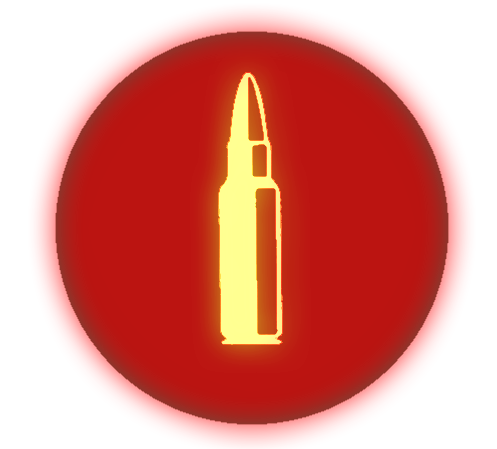







Some air rifles punch hard enough to kill deer and fire semi auto.
I have a table for this.
9mm goes for 50 cents per round, .223 and .308 goes for 80 cents per round. Even if you’re buying bulk. In Canada.
22 goes for 20-50 cpr, depending on match grade or not. 17 hmr goes for 50-60 cpr, and IMO, has the best performance for your money.
Ammo availability is one thing, but ballistic performance is another. You can’t take out small game with 223 or 308. 9mm is not a very accurate round either.
This discussion isn’t limited to combat.
You’re right that in cqc or when noise discipline is important, running a subsonic heavier bullet will have more effect on target. And that is the reason behind 300 blk. In combat, speed matters more than accuracy, because even if the shot isn’t fatal, it greatly reduces your opponent’s ability to return fire.
But the 6.5 Grendel was made to have a 6mmPPC feed reliably into an AR platform. Compromising between a 5.56 and. 7.62 bullet meant more weight to negate the effects of wind, and greater velocity down range so it doesn’t drop below subsonic speeds past 1000 yrds, the transition of which affects accuracy.
But the reason for this post isn’t to just provide a guide for your next or first firearm for defence, but also for target shooting or hunting. And in most civilian cases, especially when ammo costs an arm and a leg, accuracy is pretty important.
The shoulder, hips, and kidneys are unprotected and contain major arteries. But in a cqc scenario, you’re not going to have much time to aim.
part 2 is going to contains the requirements for piercing lvl4 armour, and what’s needed to make a penetrator
All I know is that:
.
.
.
.
.
when the variables from the shooter and the gun are randomized, we can see that some cartridges shoot better than others. From what I’ve seen, these cartridges are typically faster shooting and are longer.
The 223 has slightly less wind drift up to 500 yrds, and less bullet drop by nature of its velocity.
500 yrds is roughly the effective range of both these cartridges.


My brother in Christ…


The answer is no, because of the fundamental differences in how Japan and China are run.
Japan is modeled off of a capitalist imperialist economy, similar to the US. And as such, it will stagnate and requires imperialism and increasing levels of exploitation to maintain its economy. It does not have the tools or methodology to develop further without imperialism. And thus, it stagnates.
Meanwhile, China is socialist. It uses dialectical materialism to solve social issues and promote cohesion. And instead of profit, it will seek to optimize material conditions, and identify the barriers to doing so, creating a strategy for development. Through Marxian economics, it understands that productivity comes through cooperation and labour, and not profit. Optimization can be performed throughout the supply chain through central planning.
China runs under C—>M—>C, while Japan runs under M—>C—>M.
China does have problems but it also has the tools to solve them, instead of just sweeping it under the rug.


As opposed to the dictatorship of the bourgeoisie that we have now?


They’re willing to spend millions and billions to do this because it’s not their money, it’s yours.
It’s taxpayer money used to create the reserve labour force, while capitalists benefit from it.


Crime is directly related to not necessarily poverty, but income inequality. So in a given area where class contradictions are intensified, there will be more crime.
Also note that correlation is not causation. One theory regarding causation is that this is the fallout of COINTELPRO, when the CIA and local police had disrupted revolutionary movements to prevent unification against capitalism, through provoking infighting and promoting drug abuse.
In other words, crime is artificially increased to create a lower class, and contradictions within the proletariat are exacerbated to prevent unity.